Have you decided to make the tiling and came to the store to choose the appropriate option? Do not rush to make a purchase based only on a beautiful drawing or texture. The aesthetic component is certainly important, but much more important is its technical characteristics, which are responsible for ensuring that the tile does not lose its appearance after a short time, or even does not become unusable.
In our article, we will consider in detail the most important characteristics of ceramic tiles, as well as, using a practical example, we will show how it should be chosen for a specific room..
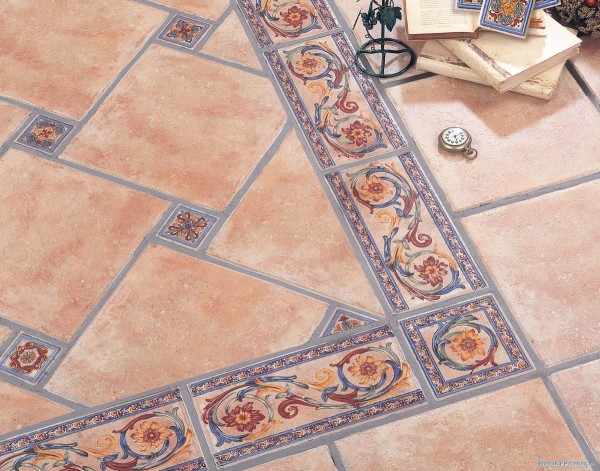
How to choose ceramic tiles
Tile specifications
The norms and technical characteristics of the tile are regulated in all countries of the world. The most widespread and authoritative ones today are UNI EN. And although these standards do not have the force of law (ceramic products are sold that do not meet their requirements), the quality of such tiles is always in doubt. So, if possible, it is better to take a product with the UNI quality mark.
Wear resistance
The main technical characteristic of ceramic tiles, of course, is its wear resistance, or in other words, abrasion. Durability is defined by how a tile resists changing its appearance, or in other words, how quickly it wears out.
This parameter is of particular importance for floor tiles, which must retain their original appearance as long as possible. The lifespan of a tile definitely depends on where it will be used. Therefore, for flooring in different rooms, tiles of the appropriate wear resistance group should be used, depending on the traffic density and its purpose..
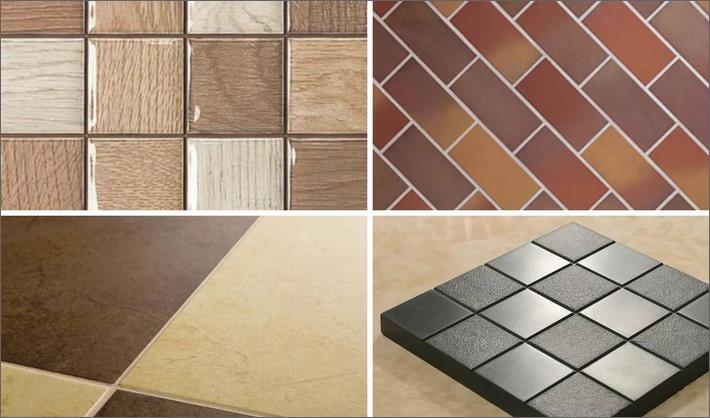
How to choose ceramic tiles
It is customary to divide the tile into 5 groups in terms of wear resistance:
• PEI I – The most «soft» group, it is recommended to use it only in places with little movement, where they walk in soft shoes;
• PEI II – suitable for bathrooms, bedrooms, living rooms, where they also walk, mainly in slippers;
the third group PEI III can be installed in all premises of the residential sector and in small offices that do not have an entrance directly from the street;
• group PEI IV is suitable for use in any structures in the residential sector, as well as in public buildings where traffic is low, for example, in private hotels, small restaurants, shops;
• the PEI V tile has the highest characteristics, it is used in places where a large crowd of people is possible – in supermarkets, large restaurants, airports.
Matching the PEI group and the type of room is important in terms of the durability of the tile. If you lay a material with lower characteristics on the floor than it should be, then after a while, scratches will appear on the coating, the surface will turn into matte, the glaze will disappear and the clay base will appear.
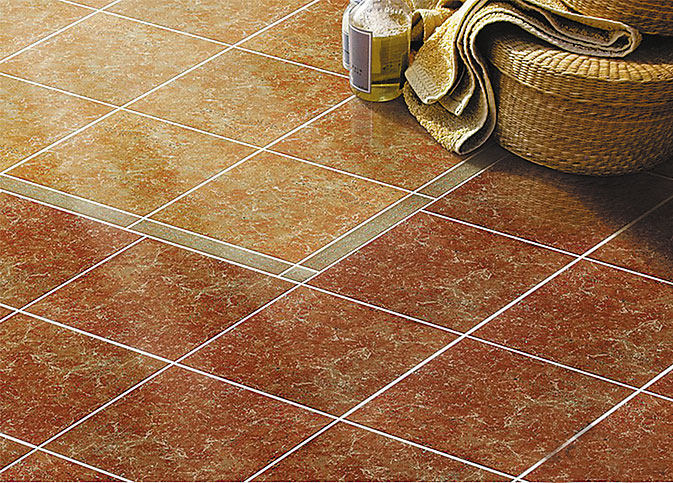
How to choose ceramic tiles
Frost resistance and water absorption
These characteristics are interrelated, they directly depend on the degree of porosity of the tile. That is, water absorption is determined by the ratio of the mass of water that the sample absorbs until full saturation to the mass of the dry product. This indicator for glazed ceramic floor tiles cannot exceed 3%, for wall tiles water absorption is not more than 10%.
Frost resistance is the ability of a ceramic product to withstand repeated freezing and then thawing without destruction. This indicator is especially important if the tiles are laid on the street or in an unheated room, when the air temperature can drop below 0 ° C. If the tiles are laid in a heated room, frost resistance can be ignored..
Chemical resistance
Chemical resistance characterizes the resistance to substances that may come into contact with the tile surface, for example, household chemicals, salts, acids.
According to the norms, the tiles must be assigned a resistance class to an aggressive environment, based on the degree of damage:
• class AA – there are no changes in appearance;
• class A – very slight changes in appearance;
• Class B – moderate changes in appearance;
• Class C – appearance is partially lost.
• Class D – the original appearance is completely lost.
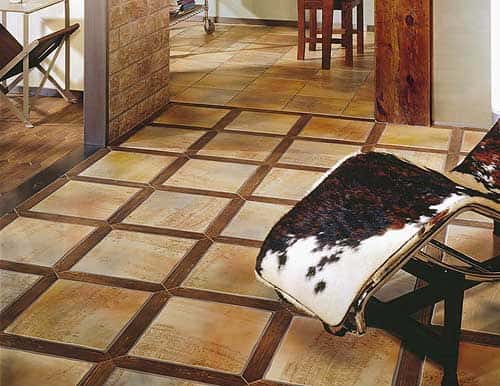
How to choose ceramic tiles
Mechanical characteristics
Mechanical characteristics are determined by indicators of bending resistance and ultimate strength. This refers to the loads that the product is able to withstand without damage. This indicator is especially important for floor tiles. Note that the less water absorption the material has, the greater the bending resistance. For example, porcelain stoneware has a fairly high rate, while porous tiles have a low.
Glaze hardness
This indicator reflects the strength of the surface layer of ceramic tiles, it shows to what extent the surface can resist mechanical stress when it is scratched with some hard material or pressed down with a tool of a certain shape. The test results are evaluated using the Mohs scale, which consists of ten minerals. They are arranged in increasing order of hardness: starting with talc (1), and ending with diamond (10).
Friction coefficient
The friction coefficient of a ceramic tile surface reflects the degree of sliding. The regulations provide for four categories:
• from 0 to 0.19 – dangerous;
• from 0.2 to 0.39 – on the verge of dangerous;
• from 0.4 to 0.74 – satisfactory;
• above 0.75 – excellent.
Tone and caliber
Tone – the tonality of the tile color. Slight differences from the declared color are allowed. The color is indicated on the package as a number or letter.
Caliber is the actual dimensions of the tile, which may slightly differ from the nominal. The tiles are sorted into batches of the same caliber (size) with a certain margin of difference, which is established by the standards. The caliber is usually indicated on the package along with the nominal size. When buying tiles, be sure to ensure that the entire batch has the same caliber and tone..
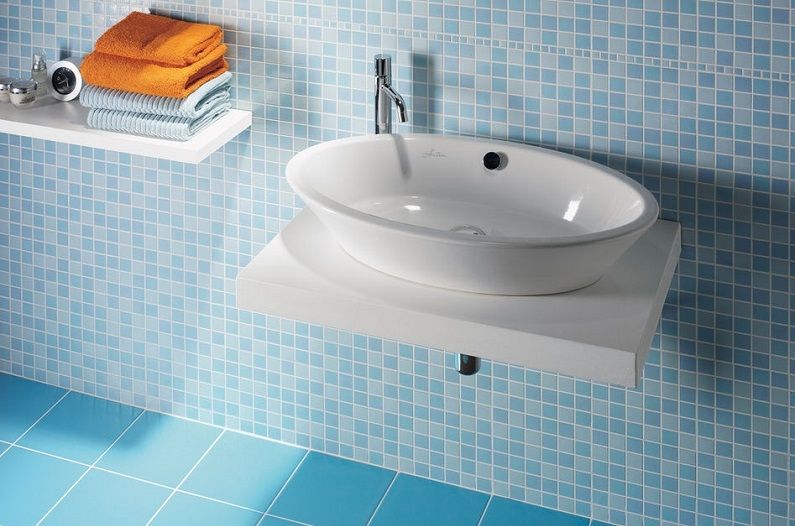
How to choose ceramic tiles
Choosing ceramic tiles
Before you buy a tile, it will not be superfluous to learn how to read the designations on the packaging. For example, floor tiles are marked with a foot stamp on a black background. Light and shaded background and black foot – denotes a tile with increased wear resistance. The hand-shaped icon is a wall tile, such a product on the floor will not last long. Frost resistance is marked with a snowflake, and the image of a flame with a number «1» or «2» – the number of firing times. If the same sign is applied several times, this confirms the high level of the corresponding indicator..
Symbol «AA» denote a tile that is not afraid of contact with chemicals. Hallmarked tile «AND» less resistant to chemicals. Products with the designation «ABOUT», average resistance – «IN» and «FROM». This information is enough to navigate – whether the material is suitable for the room that you are going to decorate.
If you are going to lay tiles in the bathroom, keep in mind that the walls and floor here will come into contact with chemicals. This requires a non-porous, acid-resistant tile. At the same time, for the bathroom and kitchen, the degree of wear resistance does not matter much, especially when laying on walls. Chemically resistant tiles, usually of class III wear resistance, are laid on the kitchen floor. For the vestibule, hallway and corridor, a more resistant one is needed – IV and V classes of resistance to abrasion.
Do not confuse the terms «quality» and «specifications», otherwise you can waste your money. After all, it makes no sense to put tiles of increased frost resistance or high wear resistance on the floors in the toilet and bathroom. Such products are intended for public premises – exhibition and trade halls, etc. For home conditions, tiles with an abrasion index – III.
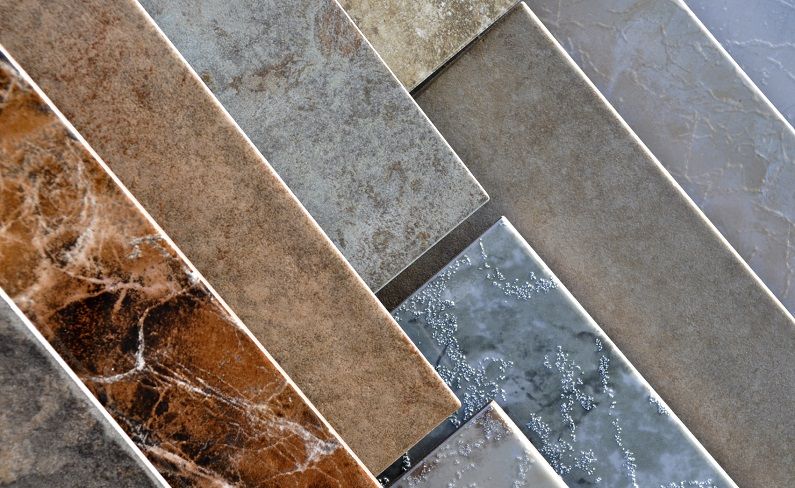
How to choose ceramic tiles
How to determine the quality of tiles yourself
Don’t buy tiles with jagged edges. To check this moment – attach one to the other. There should be no defects visible to the naked eye. The presence of microcracks and chips on the enamel, the graininess of the pattern, drips indicate the low quality of the tile. Which, by the way, is determined by three types of tiles. True, manufacturers rarely indicate the variety on the tile, but it is not difficult to determine it. It is accepted to make all markings on the tiles of the first grade in red, the second grade in blue, and the third in green.






